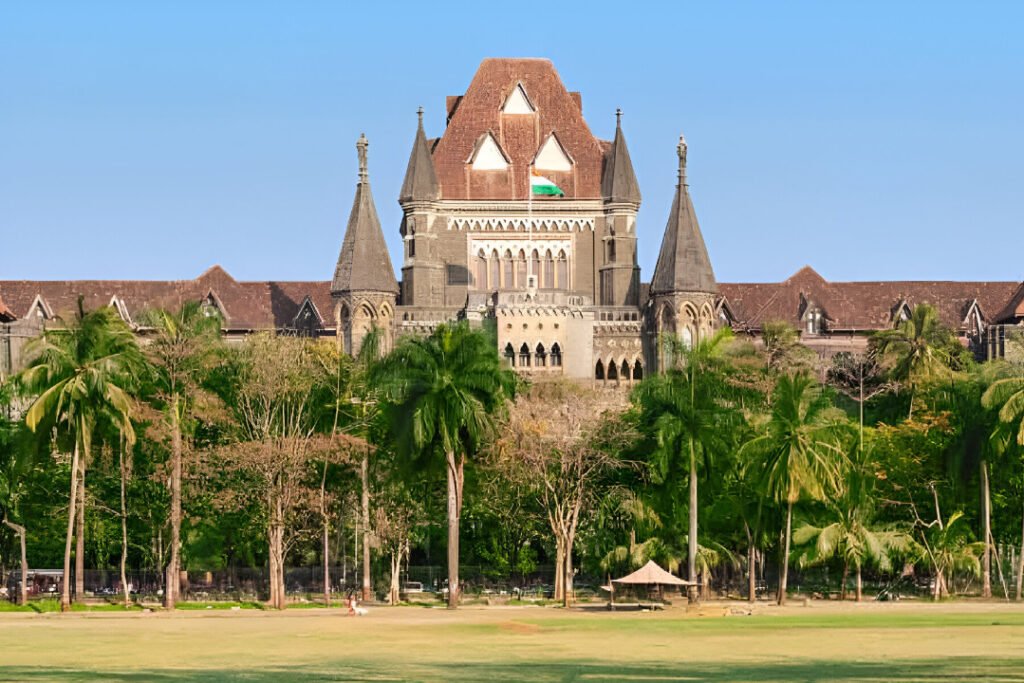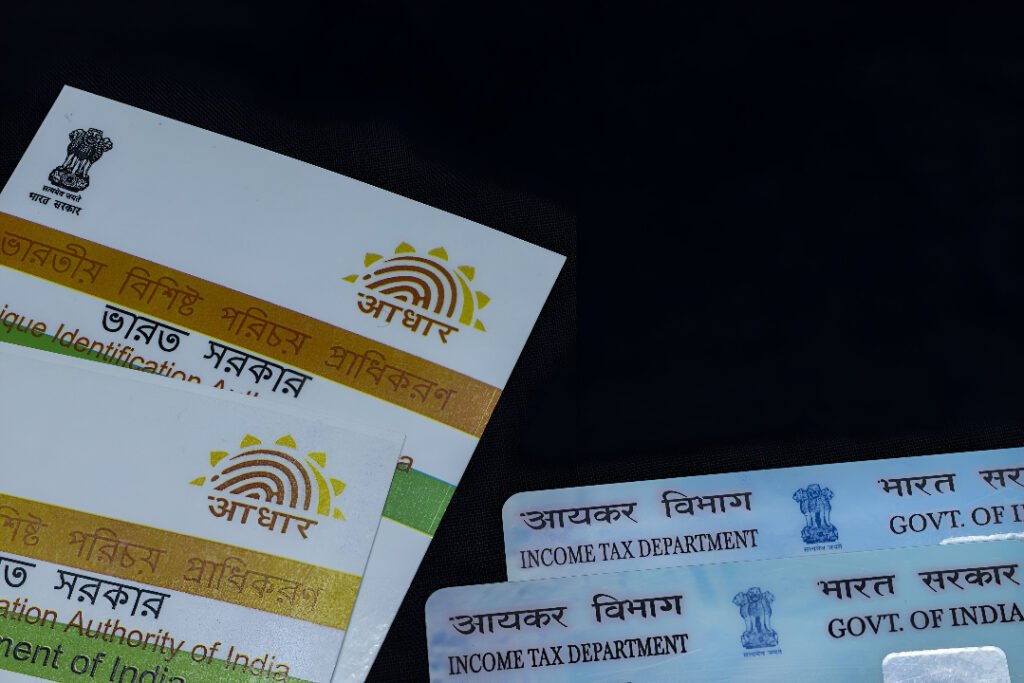
The Bombay High Court has clarified, in a significant ruling, that simply holding documents like Aadhaar, PAN cards, and Voter ID cards does not confer Indian citizenship. This illustrates the important difference between a document purportedly serving as an identification for resident services and the legal status of Indian citizenship. The Court’s ruling, based on the Citizenship Act of 1955, is particularly important in the current environment where people’s identity documents are regarded, and in some cases, misinterpreted as identity proof, which invites a social misconception, as well as legal ramifications.
The Bombay High Court Ruling: What Triggered It?
The concern, which in turn sparked the ruling, stems from the fact that the High Court was considering a bail plea of a Bangladeshi accused of illegally entering and residing within the borders of India, purportedly through the use of Aadhaar, PAN, and Voter ID cards, which are not only the documents utilized to access several services and benefits within the country but also do not equate to citizenship. During the hearing, Justice Amit Borkar, the presiding judge, asserted that these documents do not serve the purpose of granting citizenship but only help in identification during the provision of government services. The accused, it is alleged, sought to create these documents in order to claim Indian nationality and citizenship benefits, which he was not entitled to.
The Court stressed that benefits from citizenship cannot be granted on mere possession of documents, as they have selective legal prerequisites for Indian citizenship, which are hard to get, and bail was denied for that reason.
One of the most important legal documents for Indian citizenship is the Citizenship Act, 1955, which clearly provides boundaries for who is and isn’t an Indian citizen, and the act also emphasizes certain ways to acquire citizenship, such as through lineage, birth, naturalization and registration, or territory incorporation. It has defined and also safeguards the illegal migration laws and has set parameters that define border residents and citizens.
Justice Borkar in particular was of the opinion that
“The Citizenship Act of 1955 is the main and controlling law for deciding questions about nationality in India today. This is the statute that lays down who can be a citizen, how citizenship can be acquired, and in what situations it can be lost.”
What Makes Aadhaar, PAN, and Voter ID Cards Not Proof of Citizenship?

Aadhaar Card: Its usage is tied to welfare schemes and identification purposes, which is why the UIDAI issues it. Aadhaar can be obtained by non-citizens, that is, anyone who has lived in India for more than 182 days in the previous year. UIDAI and the Indian government have repeatedly stated that Aadhaar is not and has never been a proof of citizenship.
PAN Card: Even foreign nationals and entities can acquire PAN for taxation purposes or business dealings. PAN is a tax identification document. Thus, ownership of a PAN card does not equate to citizenship.
Voter ID Card: Unlike other forms of identification, voter ID is more strictly controlled. Only registered voters can possess it, which means citizens of the country. There is still the possibility for illegal obtaining and misuse, however. Even with the voter’s card, an individual would not be able to prove citizenship in a legal dispute. Documentation in accordance with the Citizenship Act is necessary to validate citizenship.
Legally Accepted Proofs of Citizenship in India
For one to legally establish citizenship in India, the following proof is provided:
Birth Certificate: Secured under the Registration of Births and Deaths Act of 1969.
Indian Passport: Represents the most conclusive proof of nationality.
Certificate of Citizenship: Issued to individuals who are naturalized under certain conditions.
Other Documents: The Citizenship Act of 1955 recognizes these documents.
Compared to identity documents, these documents are much more thorough and have stringent requirements.
The Aftermath: Ensuring National Security
Upholding the Citizenship Act’s primacy, the Bombay High Court reinforced the citizenship law framework issues of illegal migration and its impacts on the nation’s immigration policy. This also protects the country’s illegal immigrant sovereignty and prevents illegal immigrants from fraudulently claiming citizenship, welfare, and privileges of citizenship meant solely for real citizens.
The decision reminds the three arms of the government, the citizens, and even the enforcement agencies that identity and nationality are two separate things. Genuine citizenship is obtained through compliance in constitutional and statutory processes, not through possessing documents.
Conclusion
The decision of the Bombay High Court based on the Citizenship Act of 1955 makes an important differentiation between residence and citizenship. Having Aadhaar, PAN, or even voter ID cards may grant access to services but does not legally substantiate one’s claim as an Indian citizen. Anyone wanting to claim or dispute citizenship in India must first accept these legal facts. The Indian judiciary, in these matters, displays its commitment to the safeguarding of Indian citizenship and the policies surrounding it.











